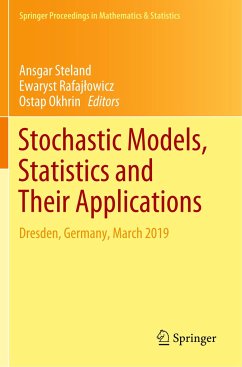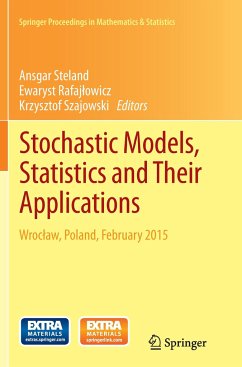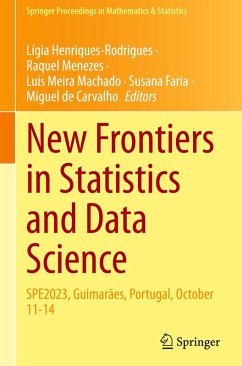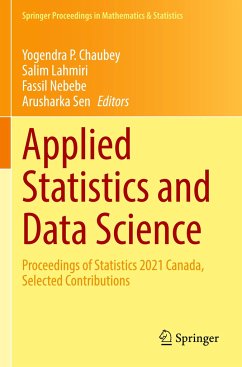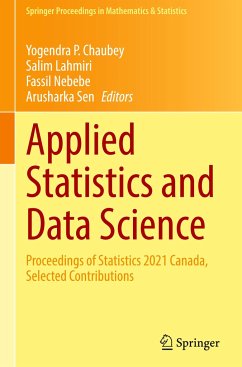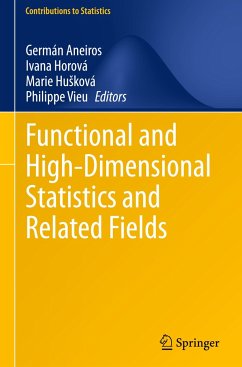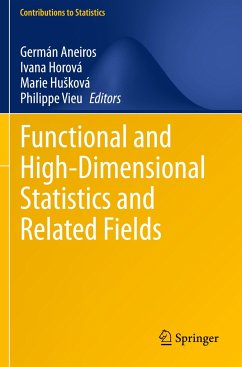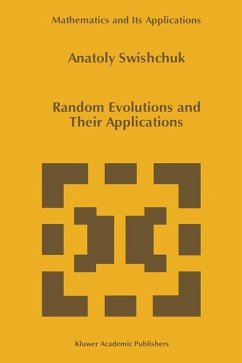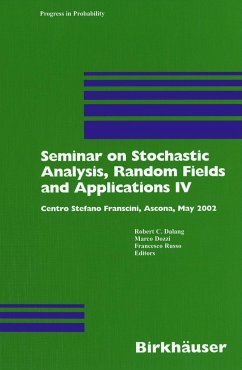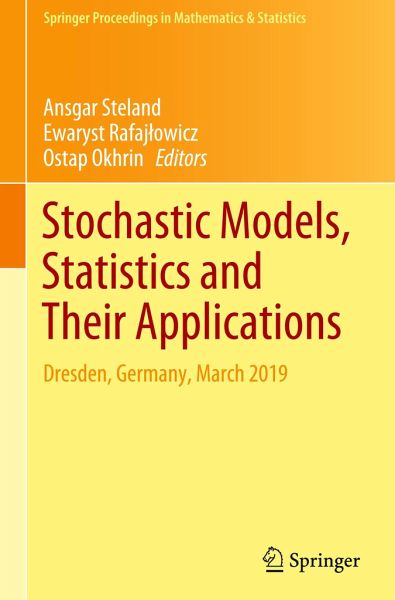
Stochastic Models, Statistics and Their Applications
Dresden, Germany, March 2019
Herausgegeben: Steland, Ansgar; Rafajlowicz, Ewaryst; Okhrin, Ostap

PAYBACK Punkte
57 °P sammeln!
This volume presents selected and peer-reviewed contributions from the 14th Workshop on Stochastic Models, Statistics and Their Applications, held in Dresden, Germany, on March 6-8, 2019. Addressing the needs of theoretical and applied researchers alike, the contributions provide an overview of the latest advances and trends in the areas of mathematical statistics and applied probability, and their applications to high-dimensional statistics, econometrics and time series analysis, statistics for stochastic processes, statistical machine learning, big data and data science, random matrix theory...
This volume presents selected and peer-reviewed contributions from the 14th Workshop on Stochastic Models, Statistics and Their Applications, held in Dresden, Germany, on March 6-8, 2019. Addressing the needs of theoretical and applied researchers alike, the contributions provide an overview of the latest advances and trends in the areas of mathematical statistics and applied probability, and their applications to high-dimensional statistics, econometrics and time series analysis, statistics for stochastic processes, statistical machine learning, big data and data science, random matrix theory, quality control, change-point analysis and detection, finance, copulas, survival analysis and reliability, sequential experiments, empirical processes, and microsimulations. As the book demonstrates, stochastic models and related statistical procedures and algorithms are essential to more comprehensively understanding and solving present-day problems arising in e.g.the natural sciences, machine learning, data science, engineering, image analysis, genetics, econometrics and finance.



